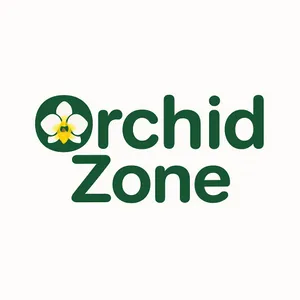
Adenium Hedra desert rose
₹499
₹1,798
72% OffLowest Prices of the Year!
00H:18M:53S
Final Price inclusive of all taxes

Lowest Prices of the Year!
Extra 50% Off
Sale ends in
00H : 18M : 53S
size
Matured Size
Product Information
Common Name:
Desert Rose
Botanical Name:
Adenium obesum
Variety
Hedra hybrid type
Plant Size
1 to 2 feet depending on age
Growth Form:
Thick caudex with upright branches
Flower Shape:
Open, star-shaped blooms
Flowering Season
Mainly summer, with repeat blooms in warm climates
Suitable For:
Indoor bright areas, balconies, terraces, outdoor warm spots
Maintenance Level:
Low
Soil Requirement:
Fast-draining sandy or cactus mix
Soil pH:
lightly acidic to neutral
Sunlight Need:
Full sunlight for 5–7 hours
Watering Need:
Light watering; dry-soil approach
Fertilizer Need
Monthly feeding with a mild liquid fertilizer during active growth
Temperature Range:
20°C to 45°C
Climate Suitability:
Tropical, semi-tropical, and dry regions
Humidity Tolerance
Performs best in low to moderate humidity
Container Friendly
Very suitable for pots and decorative planters
Longevity:
Long-lived perennial
Special Feature
Forms a sculptural, swollen caudex that becomes more attractive with age
Growth Speed:
Moderate when given bright light
Air Quality Benefit:
Helps create a calm visual atmosphere indoors
Will Delivered
Bare Rooted Plant
Product Description
Introduction
The Adenium Hedra, commonly known as the Desert Rose, is a striking and elegant flowering plant admired for its sculptural form and vivid blooms. Native to the arid regions of Africa and the Arabian Peninsula, it thrives in warm climates and adds a unique charm to gardens, patios, and indoor collections. Despite its delicate appearance, this plant is surprisingly resilient, embodying beauty and endurance in one living sculpture.
Appearance and Structure
The Desert Rose stands out with its thick, swollen trunk known as a caudex, which stores water to help it survive in dry conditions. Its branches are smooth and glossy, extending gracefully and ending in clusters of lush, green leaves. During the blooming season, the plant produces trumpet-shaped flowers in shades of deep pink, red, and sometimes white. These blossoms contrast beautifully with its sturdy trunk, creating a captivating visual balance between strength and softness.
Growth and Care
The Adenium Hedra is well-suited for both indoor and outdoor environments, provided it receives plenty of sunlight. It thrives best in well-draining soil and requires minimal watering, especially during cooler months when the plant enters a resting phase. Overwatering can harm the roots, so it is important to allow the soil to dry out between waterings. With proper care, the Desert Rose can live for many years and even take on the look of a miniature tree, making it a favorite among plant enthusiasts and bonsai artists alike.
Symbolism and Appeal
Beyond its beauty, the Desert Rose holds symbolic meaning in many cultures. It is often seen as a representation of resilience, passion, and transformation. Its ability to flourish in harsh conditions reminds us that strength can coexist with elegance.
Conclusion
The Adenium Hedra Desert Rose is more than just a decorative plant—it is a living piece of art that tells a story of survival and grace. With its stunning flowers, sculptural form, and easy-care nature, it brings warmth and character to any space, standing as a timeless symbol of nature’s artistry.
